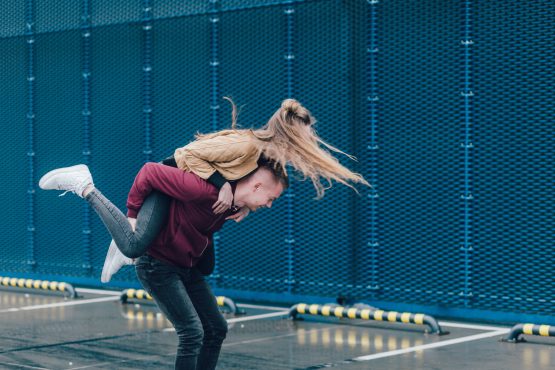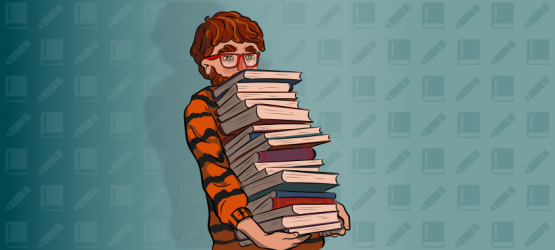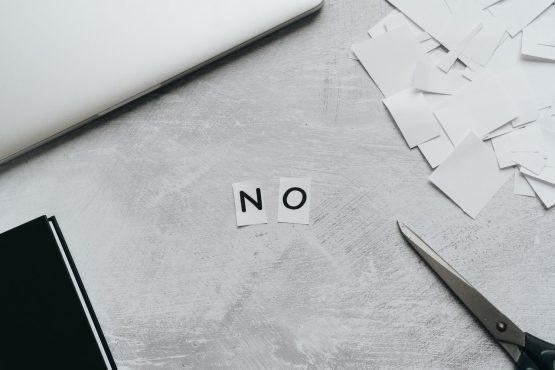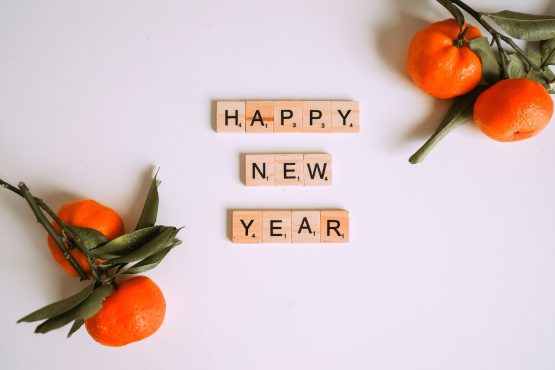5 Helpful Study Tips for Visual Learners
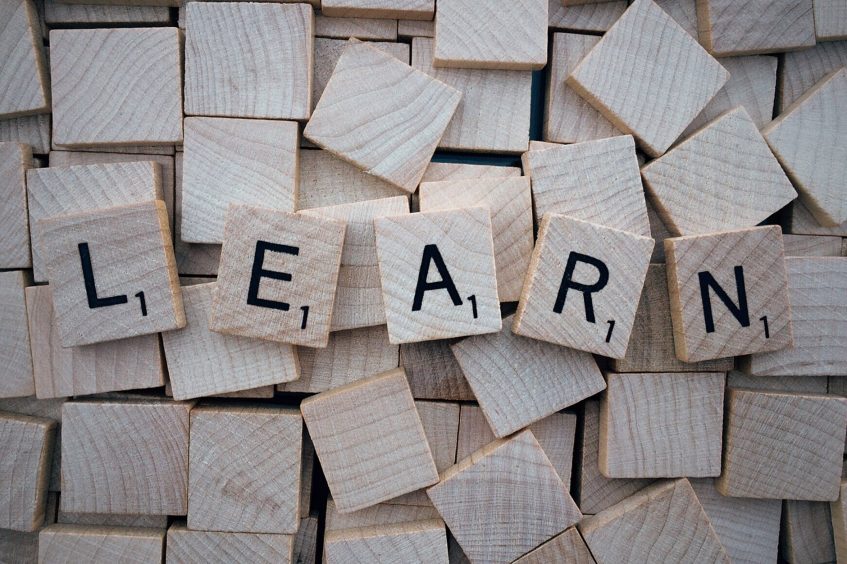
All of us have a preferred learning style. This just means that your mind is specifically suited to one mode of informational input – hearing things (auditory learners), experiencing things (kinesthetic learners), or seeing things (visual learners) – more than another. No one is only suited to one mode of input, but most people have a clear preference and one of the inputs will be stronger than others. If you prefer being shown something to simply being told, you might be a visual learner.
The problem with studying for visual learners is that most (bad) teachers will only use one style – it’s most likely to be the one they prefer themselves. And if you’re in the latter years of your education, auditory input – lectures – is what you’re mostly going to get. Try not to be discouraged, however. All types of learners face their own unique challenges. Instead, understand that you should simply adapt your study habits to suit your learning style. Here’s how you do it:
Use Video Lessons
Use resources like Khan Academy that have created videos specifically with visual learners in mind. Everything is written down before your eyes by the instructor, and explained in-depth with lots and lots of examples. They utilize pictures and slides to explain everything from algebra to art history, and a visual learner will do well by watching them. If your professor’s teaching is not suited to your preferred learning style, use these visual lessons to catch up on any material you might have missed.
Flashcards
Flashcards are absolutely essential for visual learners. Use them in tandem with another visual learner and you can pick up on things at the same pace. These will be put to use when you’re preparing for multiple-choice tests or when you have to memorize lots of facts rapidly. When making flashcards, try and aim for succinct descriptions and answers – those work best. Visual learners should try using different pens and markers to color-code prompts from different categories. Try adding a picture, so that you can associate an answer with a visual.
Flowcharts, Graphs and Infographics
Visual learners need a visual input to associate with a fact, and flowcharts, graphs and infographics are the best ways to do that. If you’re reading your notes and can’t make sense of them or you’re getting lost, look up an inforgraphic to learn it more quickly and retain more information. Chances are, someone on the Internet has made one for whatever subject or topic you need. Slideshare.net and reddit.com/r/dataisbeautiful are great resources to use if you haven’t found one through your preferred search engine.
Use Diagrams and Drawings to Visualize Your Notes
In class, when you’re trying to retain lots of information, it might be easier for you to draw a quick graph or diagram for future reference – for visual learners, this might be the part of the notes they will remember best. So, in history class, if there is a timeline of events, draw a line with branches coming from it and write short notes on the date and what happened for maximum retention. Start doing this, and you’ll find that most information can be broken down and systematized into a list or chart. If the instructor is using any drawings or diagrams in the PowerPoint, make sure to copy them down.
Use Highlighters
Lots of visual learners, interestingly, struggle with reading information from a book. If you’re reading something and come to find that you haven’t been paying attention, try and read with a highlighter in your hand, noting important information. Firstly, this will force you to read more carefully. Secondly, you will retain more information by creating a visual marker for it. However, try to highlight as little as possible – if you’re highlighting everything, it’s as if you’re not highlighting anything at all.
Hopefully, you’ll be putting these tips to good use. Most importantly, a blanket rule for visual learners should be to try to visualize all the information they receive. Train your mind to create an image to match what you’re hearing – for instance, if someone is giving you directions, try and create a map in your mind. This will train your brain to retain information from other inputs better and become the best learner you can be.





